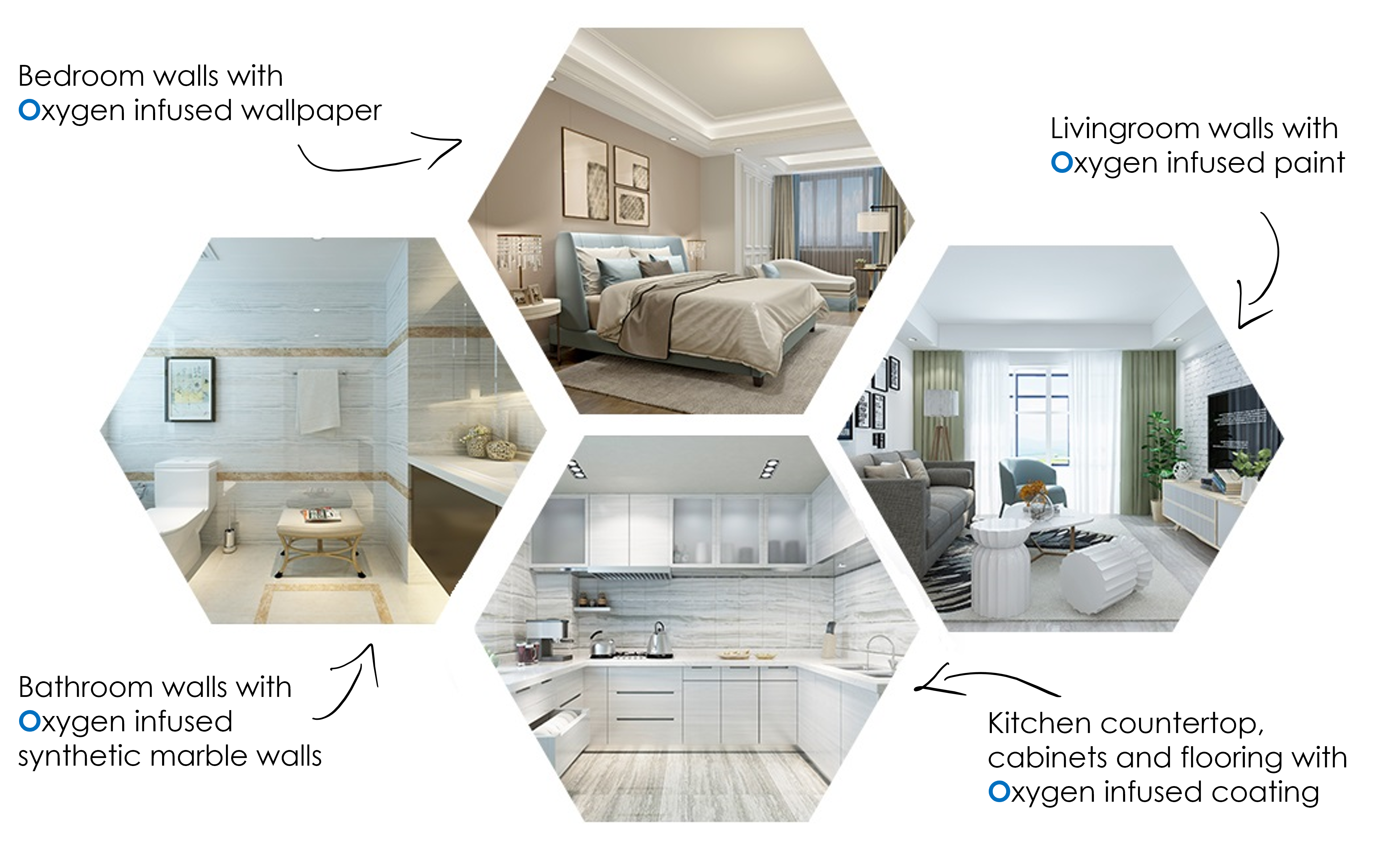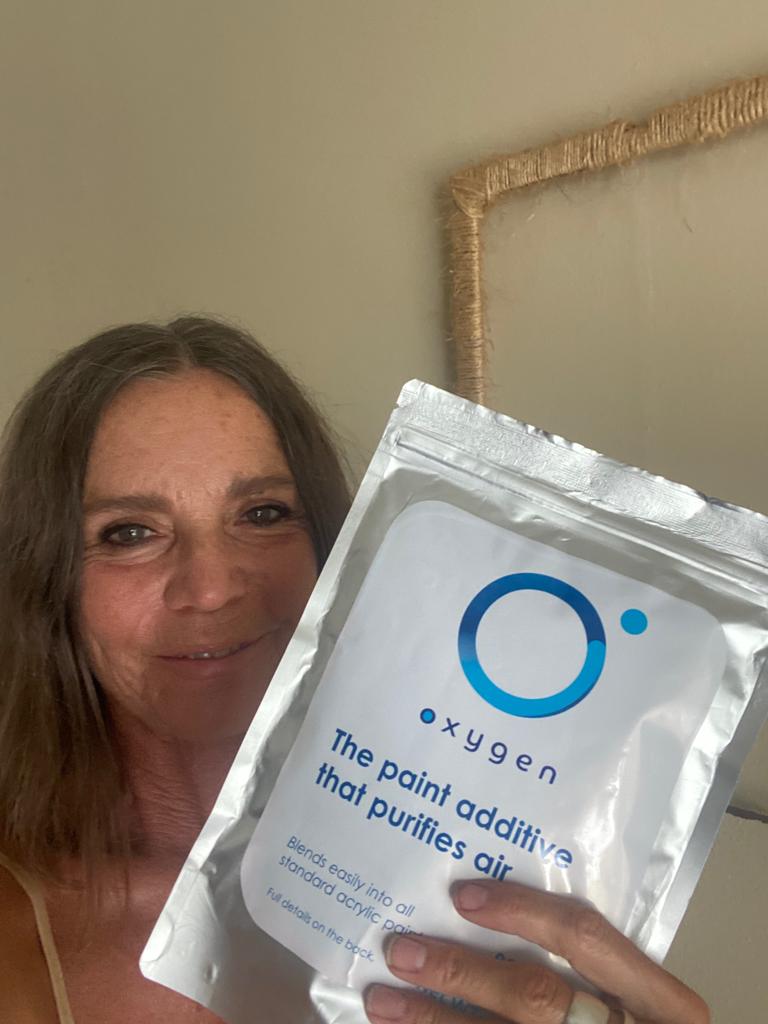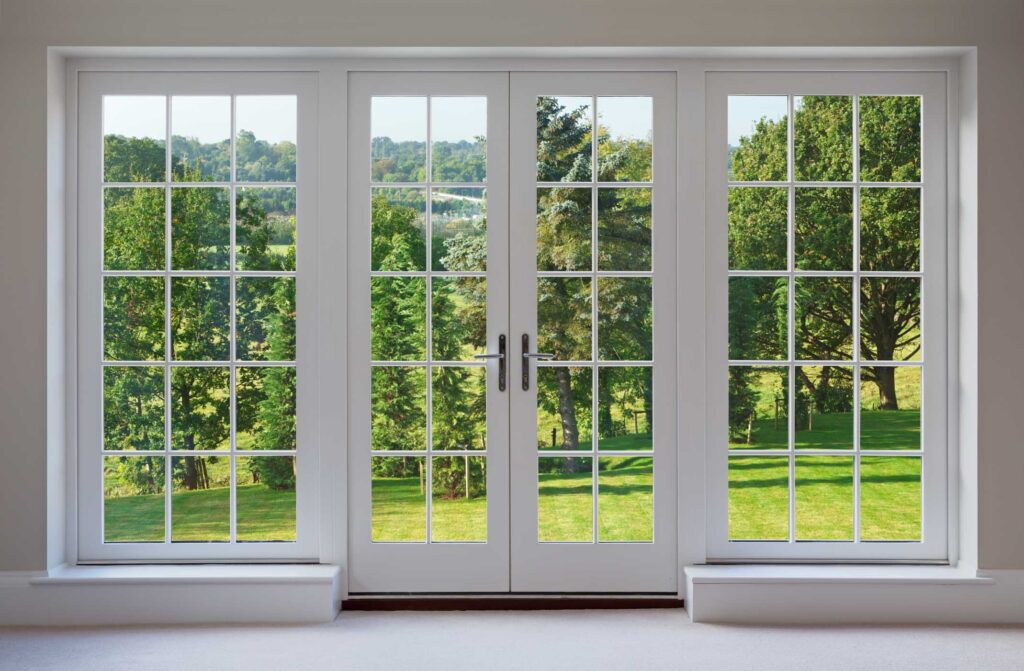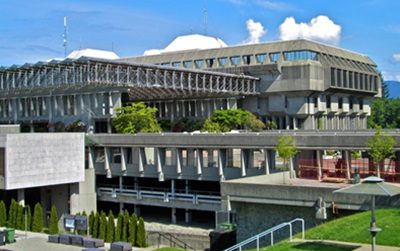Oxygen
We give buildings a unique edge in health safety
A new way of looking at “building materials”
Imagine if the architectural products and finishes used in homes, offices, hospitals & clinics, senior care centers, schools and universities, hotels and other indoor spaces could contribute to our health and well-being.
Imagine if a uniquely formulated additive could help neutralize biological contaminants, pollutants, airborne bacteria and microscopic organisms, while at the same time, prevented the spread of mold and bad odor in every single room.
Well, we did.
With Oxygen infused into building materials such as paints, wallpaper, plastic pipes, ceramic tiles, synthetic stone, and curtain fabrics, we can now actively ionize hard and soft surfaces turning them into protective shields. This will allow inhabitants of Oxygenated buildings feel safe against unwanted intruders, around the clock.

Here is what we have done for the PAINT Industry.

Once applied to indoor paint, Oxygen acts as:
An anti bacterial agent
In a world of superbugs and mutating microbes, Oxygen eliminates harmful biological contaminants such airborne bacteria that can contribute to indoor air quality issues and trigger respiratory problems in susceptible individuals.
An anti mold agent
Oxygen’s innovative technology inhibits the growth of mold and mildew that can cause allergies, itchiness, headaches, fatigue, coughs, asthma and other respiratory problems.
An anti odor agent
Oxygen eliminates odors without filters or deodorants by actively breaking down odor molecules.
An anti-pollutant agent
Oxygen reduces pollutants and VOCs found in building materials.
What our customers (ambassadors)
are saying about Oxygen

As an artist i feel great about turning my murals into air purifiers for my clients. The benefit is both artistic and in wellness.
Rachel Lancaster
Winnipeg

Oxygen is a definite must have in every home. I renovated my home and felt really good adding Oxygen on the walls.
Adriana Wilk
Toronto

I had respiratory issues and within hours of applying oxygen on the wall my allergies went away.
Chacha Chapin
Vancouver

Oxygen is an amazing product that has helped me sleep better at nights without waking up in the middle of the night.
Mattie Olivier
North York
Nominated for 2024
Best application
Oxygen can best be mixed with a fresh coat of acrylic paint and applied on well prepared walls with acrylic primer, or over surfaces with prior paint work. The Minimum Bacterial Concentration (MBC) ratio is 1.5% Oxygen to any amount of paint used.
Best performance
Each 200-gram Oxygen pouch is suitable for 13 liters of paint. We recommend adding 15 grams of Oxygen per liter as Minimum Bacterial Concentration (MBC). Oxygen works best with mat or semi gloss acrylic and latex paint and will not damage the basic function of the coating.
15 grams to 1 liter of paint
56.7 grams to 1 gallon of paint
283.5 grams to 5 gallons of paint
Best method of use
To start, open pouch and add the right amount of Oxygen additive to your ideal paint of choice as indicated in above measurements. Mix and blend for 3 to 4 minutes until fully dispersed. Use soft (10mm to 15mm) brush or rollers ONLY when applying the coating on walls. Once package has been opened it can be kept in a cool dry place for up to four years. Oxygen is suitable for indoor use ONLY.
The ideal surfaces
Oxygen works well with all indoor acrylic and latex paints used for walls, ceilings, and floors. It can also be mixed with acrylic wood paint and used on surfaces such as tables, chairs, doors and window frames. With an acrylic primer added as a base, it can also be used on canvas, turning art into air purifier.






Oxygen is ideal for places such as

Residential Homes & Condos: Bedrooms, bathrooms, kitchens, living spaces, lobbies, corridors, hallways, basements and other common areas.

Airbnb’s: Bedrooms, bathrooms, kitchens, living spaces, and other common areas.

Office Buildings: Office Units, lobbies, restrooms, fitting rooms, hallways, meeting rooms, break rooms, and other common areas.

Schools and Universities: Classrooms, conference rooms, academic offices, library, computer lab, cafeterias, gymnasium, locker rooms, restrooms, hallways, and other common areas.

Clinics and Medical Centers: Patient rooms, examination and treatment rooms, laboratories, offices, medical staff lounges, breakrooms, kitchens, cafeterias, restrooms, reception areas, waiting areas, hallways, and other common areas

Hotels: Guest rooms, ballrooms, conference rooms, kitchens, restaurants, bars, lounges, fitness center, restrooms, janitorial/custodial storage rooms, lobbies, corridors, hallways, and other common areas.

Senior Care Centers: Resident rooms, recreation room, restrooms, lobbies, hallways, and other common areas.

Government Buildings: Federal, state, and local government facilities, housing authorities, non-profit organizations, prison and corrections facilities, and parks and recreation
The science and credentials behind Oxygen
Oxygen has undergone rigorous testing in top US and Canadian molecular, cellular, and biomedical labs with results showing evidence of its efficacy and impact as an antibacterial / antimicrobial paint additive. Using ISO 22196 test standard protocol, these centers have proven Oxygen to be a reliable and effective way to create a healthier and more comfortable living environment by protecting humans from harm’s way.



Test results that show Oxygens effectiveness


Surface test result show how Oxygen prevents bacterial colonies that affect the respiratory system from growing with 99% kill rate.
Oxygenated surface on the left. Regularly painted surface on the right.
Eco-friendliness
Oxygen is non-toxic and is made of natural inorganic materials that are harmless to humans, animals and the environment. PH balance is between 7 to 8 and it is non combustible and non flammable as its melting point is at 1300c.
Safety precautions
For increased safety precaution wear protective glasses and mask to prevent powder dust from entering eyes and mouth when adding to paint. In the event powder enters your eyes and you feel irritated wash eyes with cold water immediately and consult a physician if you do not see signs of improvement within minutes.
In 2019 the US EPA (Environmental Protection Agency) reported that the air quality we breath indoors can be up to 5 times more toxic than outside air and therefore people living and working under such conditions run the risk of developing greater health problems over time. In a most recent World Health Organizations (WHO) survey of 4300 cities worldwide, only 20% of the urban population surveyed live in areas that comply with WHO air quality guideline levels.
Oxygen works with all paints
Why Oxygen works with all brands.
In order to reduce downstream pollution, minimize the impact of harmful materials on human health, and to protect the environment, governments around the world have set new compliance standards for the paint industry. With these rigorous policies and regulations in place, paint companies, irrespective of their brand, will need to adhere to a singular set of standards in manufacturing. This makes Oxygen the perfect health and wellness additive (plugin) for all brands now that we know what those standards are.
Types of health problems caused by poor air quality
Poor air quality can irritate the eyes, nose, and throat, cause shortness of breath, aggravate asthma and other respiratory conditions, and affect the heart and cardiovascular system. Breathing poor quality air for long periods of time can cause more serious problems than we know it.
Overall health effects
– Aggravated cardiovascular and respiratory illnesses
– Added stress to heart and lungs, that must work harder to supply the body with oxygen
– Damaged cells in the respiratory system
– Headaches, brain fog, lack of focus and mental clarity
– Weak immune system and reduced resistance to infections
– Increased fatigue and shortness of breathe
– Weakened athletic performance
– Poor quality of Sleep
Those most susceptible to severe health problems from poor air quality are:
– Individuals with heart disease, coronary artery disease or congestive heart failure
– Individuals with lung diseases such as asthma, emphysema or chronic obstructive pulmonary disease (COPD)
– Pregnant women
– People who spend a lot of time indoors and in closed confinement
– Older adults and the elderly
– Newborns and young children





